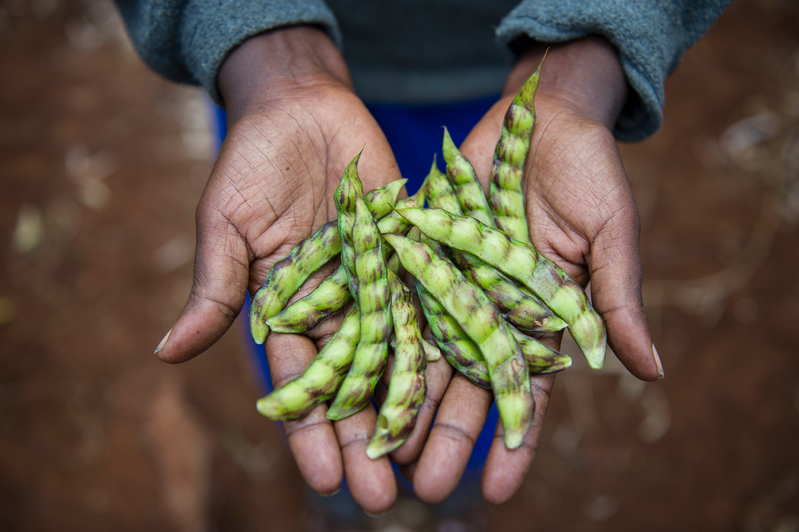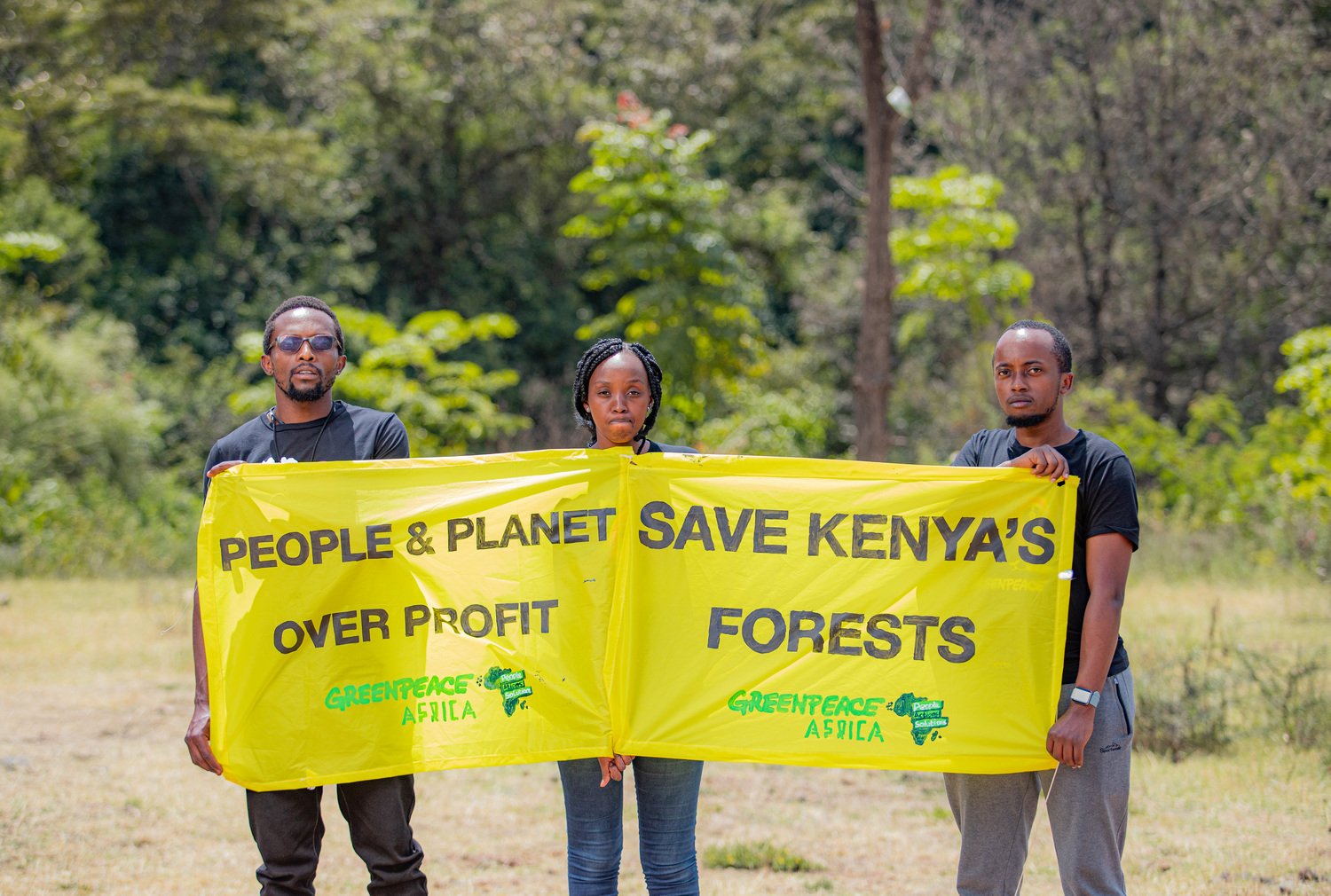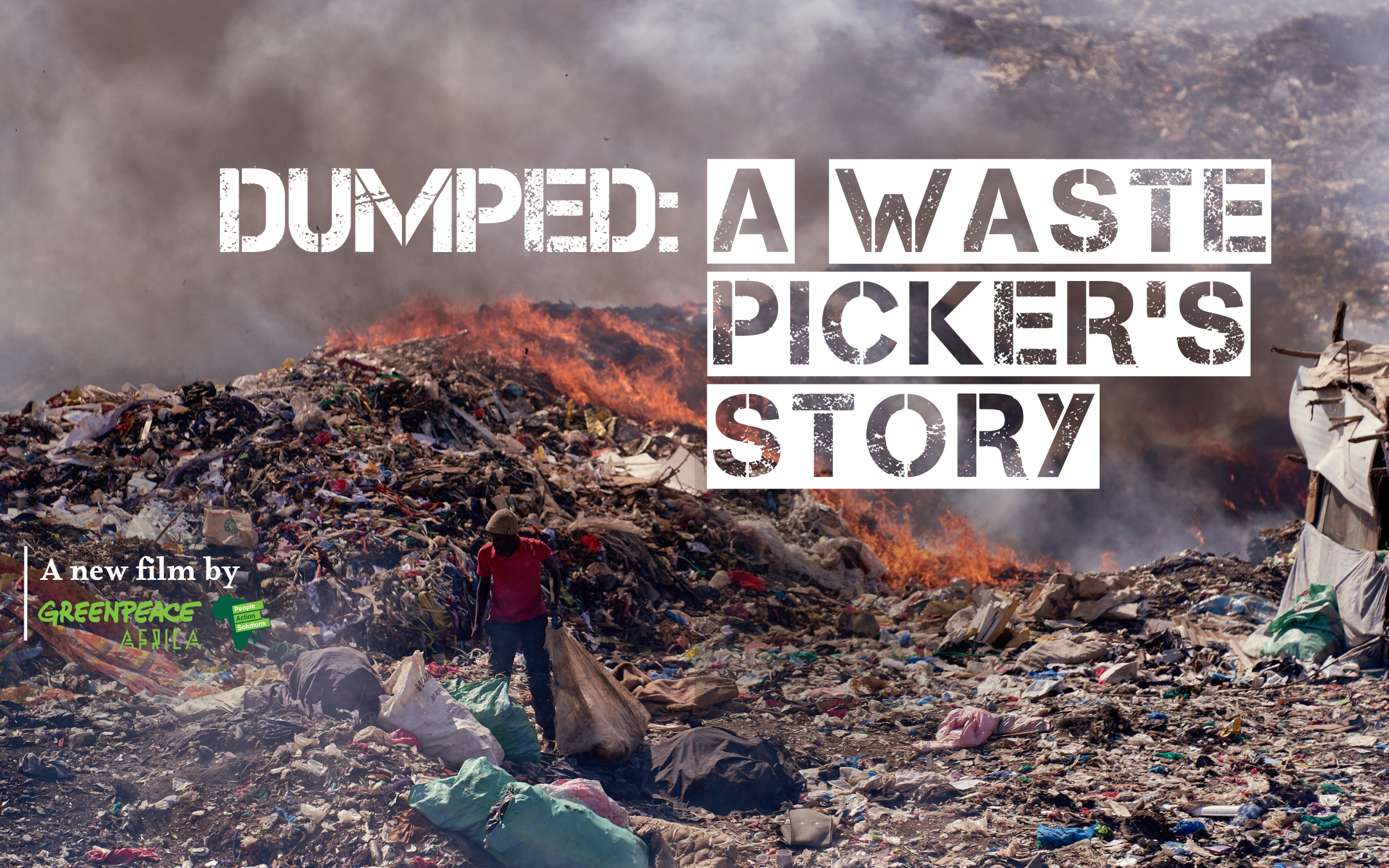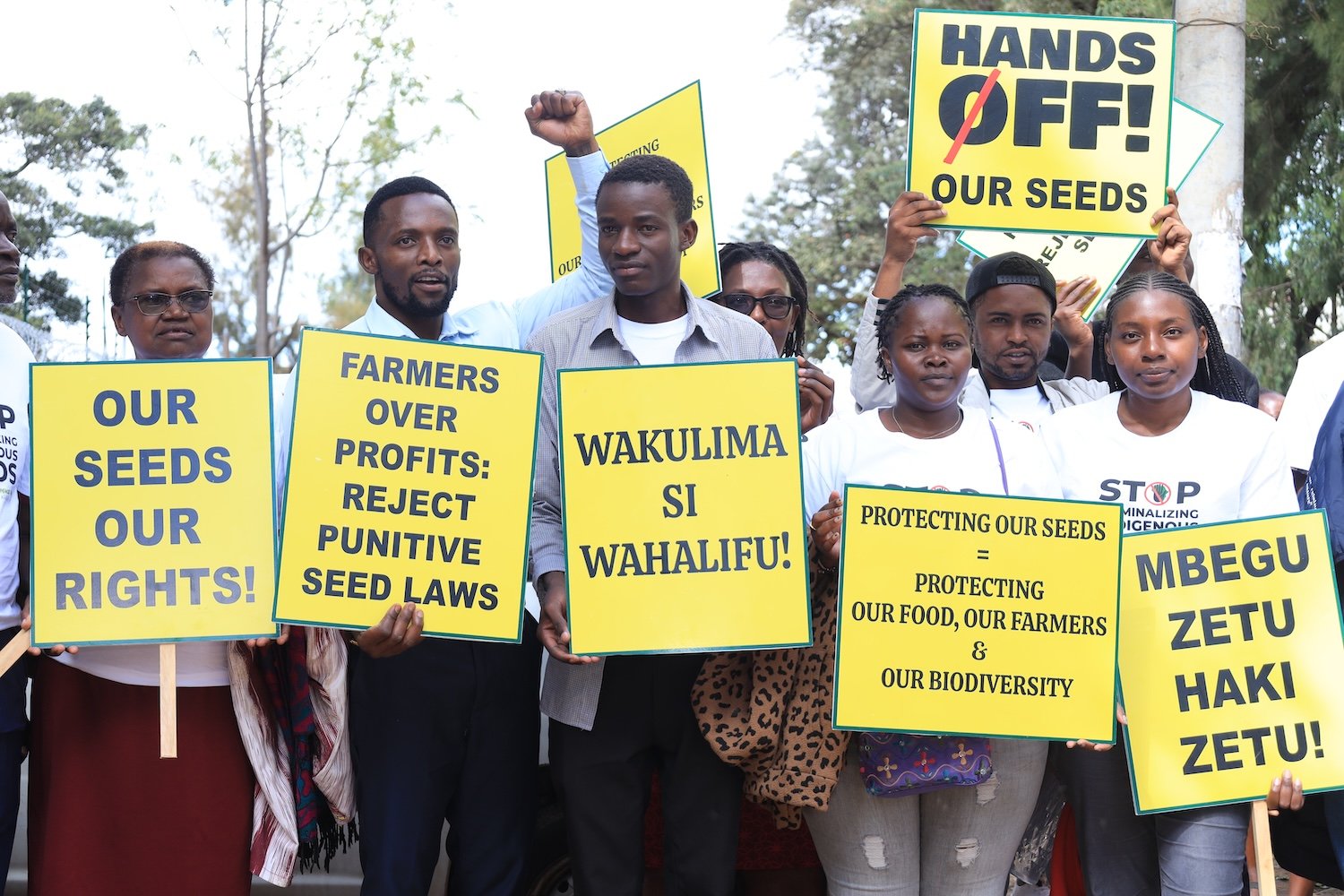20 April 2020, Nairobi — Floods are back in Kenya and households have been displaced over the last several days, adding to the threats posed by a new swarm of locusts emerging again in East Africa. Weather patterns in East Africa have been significantly affected by the changing global climate. Extreme weather events of floods and droughts are becoming more frequent[1] and more intense as the climate crisis deepens.
“Climate related losses do not cease because of the COVID-19 pandemic. In the world that emerges after it, we must reduce CO2 emissions to net-zero by 2050 and give more robust support to communities in the world’s most affected areas,” said Amos Wemanya, Campaigner at Greenpeace Africa. “It is a moment for people to come together and build our communities up to be resilient in the face of climate change.
“To be able to reduce the vulnerability of communities to these extreme weather events, we need to put people before short-term profits, and protect our life-support systems including forests and oceans, and divest from polluting industries that contribute to climate breakdown.”
Contact details:
Chris Vlavianos, Greenpeace Africa Communications Officer, +27 79 437 4208, [email protected]
Notes to the editor:
[1] “Much of Kenya experienced at least twice the normal rainfall for this wet season period and locally up to three times. Over… Kenya as a whole, 2018 saw the wettest MAM season over the 119-year record of the Global Precipitation Climatology Centre (GPCC) data,” https://www.mdpi.com/2073-4433/9/12/472/htm





Discussion
How can Greenpeace help flood zones & locusts infected communities? Communities have their own plans and directions while national laws ensure cohesion, how can Greenpeace assist?
The target is the reduction of CO2 emissions to net-zero by 2050. Fossil fuels are the major factors for floods and other climate crisis. We must switch to renewable energy as soon as possible to prevent this kind of catastrophic changes from happening.
How can Greenpeace help/assist community from avoiding flashfloods along river drainage points?
Good day, Kindly contact or visit the OCHA organisation; they are the relevant people who deal with humanitarian crises. click here >>> https://www.unocha.org/